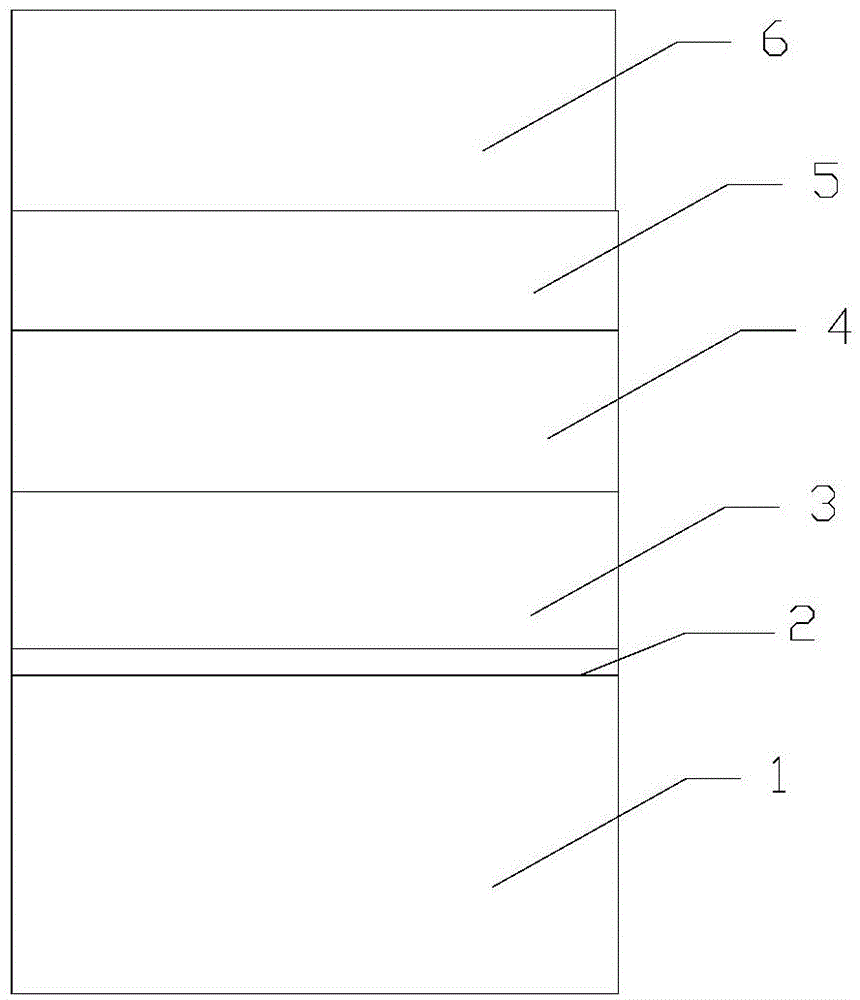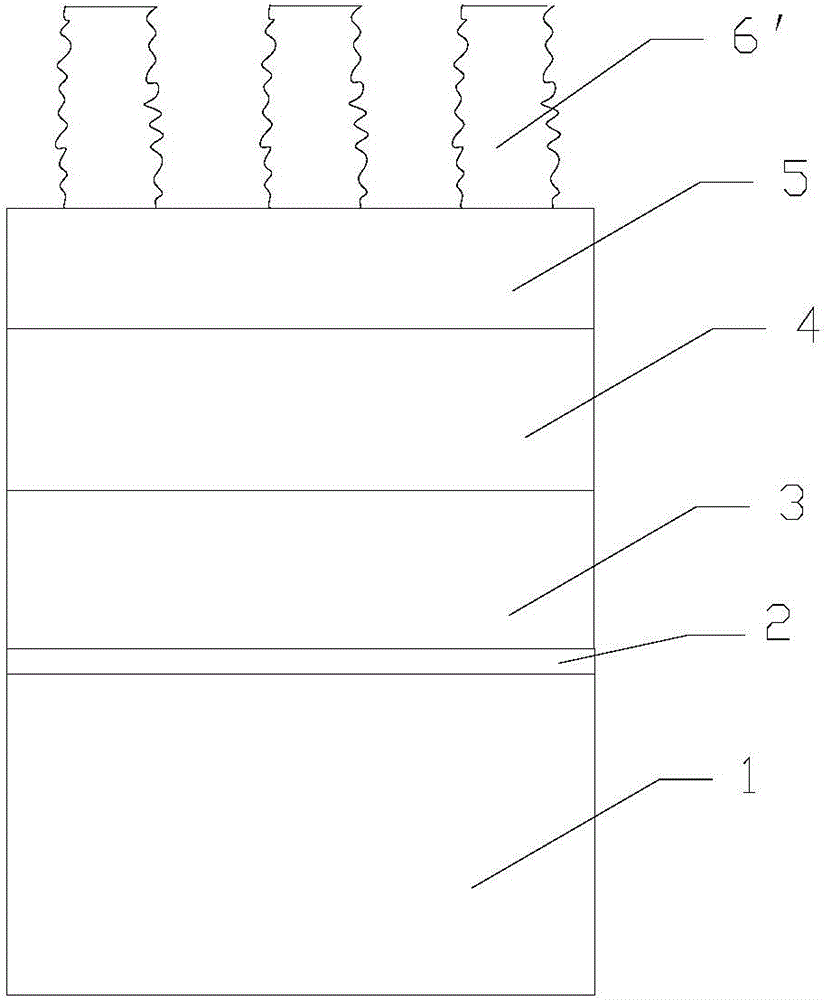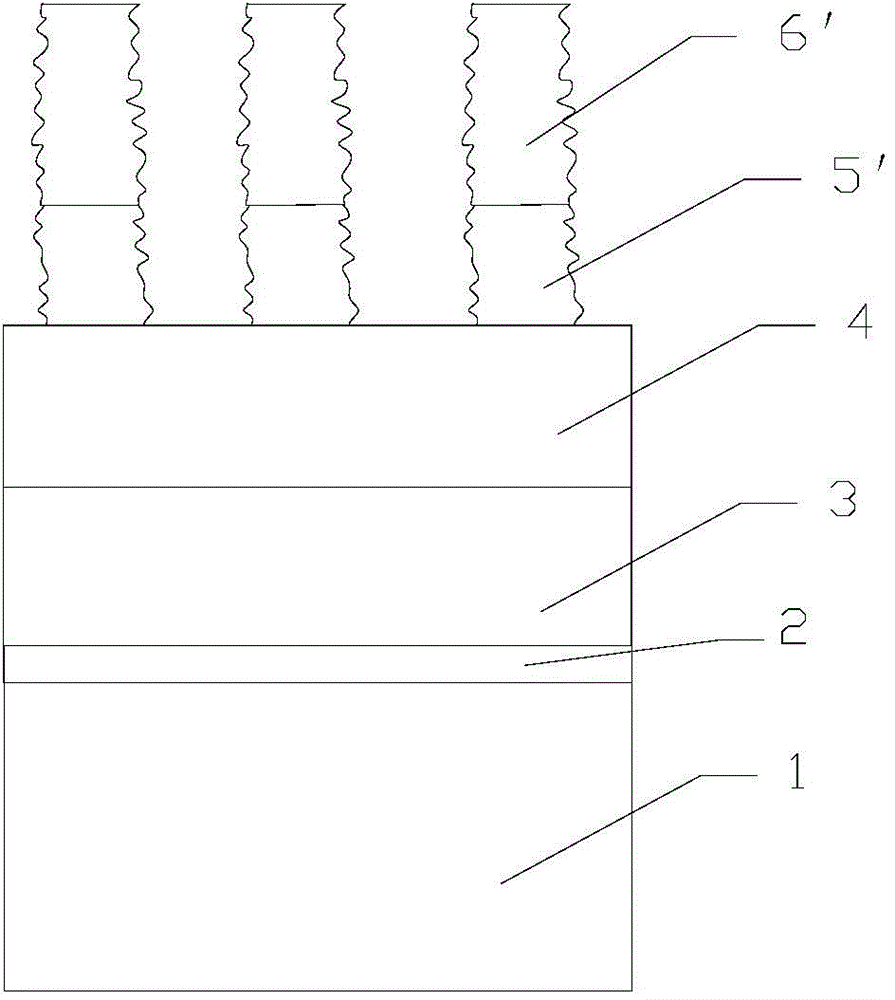Polysilicon etching method
A polysilicon and polysilicon layer technology, applied in semiconductor devices and other directions, can solve problems such as rough edges of polysilicon lines, and achieve the effects of solving rough edges, reducing deposition thickness, and improving etching resistance.
- Summary
- Abstract
- Description
- Claims
- Application Information
AI Technical Summary
Problems solved by technology
Method used
Image
Examples
Embodiment Construction
[0029] The present invention will be further described below in conjunction with the accompanying drawings and specific embodiments, but not as a limitation of the present invention.
[0030] Figure 1-7 It is a schematic diagram of the flow structure of the polysilicon etching method in the embodiment of the present invention; Figure 1-7 Shown:
[0031] This embodiment relates to a polysilicon etching method, comprising the following steps:
[0032] In step S1, a semiconductor substrate 1 is provided, which is a silicon substrate, and then a gate oxide layer 2, a polysilicon layer 3, a hard mask layer 4, and a BARC layer (anti-reflective coating layer) are formed sequentially from bottom to top. layer) 5 and photoresist layer 6 cover the upper surface of the semiconductor substrate 1, in this step, the method of depositing the polysilicon layer 3 can be chemical vapor deposition or furnace tube deposition, because the gate oxide layer 2, polysilicon layer 3. The process of ...
PUM
| Property | Measurement | Unit |
|---|---|---|
| Thickness | aaaaa | aaaaa |
Abstract
Description
Claims
Application Information
 Login to View More
Login to View More - R&D
- Intellectual Property
- Life Sciences
- Materials
- Tech Scout
- Unparalleled Data Quality
- Higher Quality Content
- 60% Fewer Hallucinations
Browse by: Latest US Patents, China's latest patents, Technical Efficacy Thesaurus, Application Domain, Technology Topic, Popular Technical Reports.
© 2025 PatSnap. All rights reserved.Legal|Privacy policy|Modern Slavery Act Transparency Statement|Sitemap|About US| Contact US: help@patsnap.com



